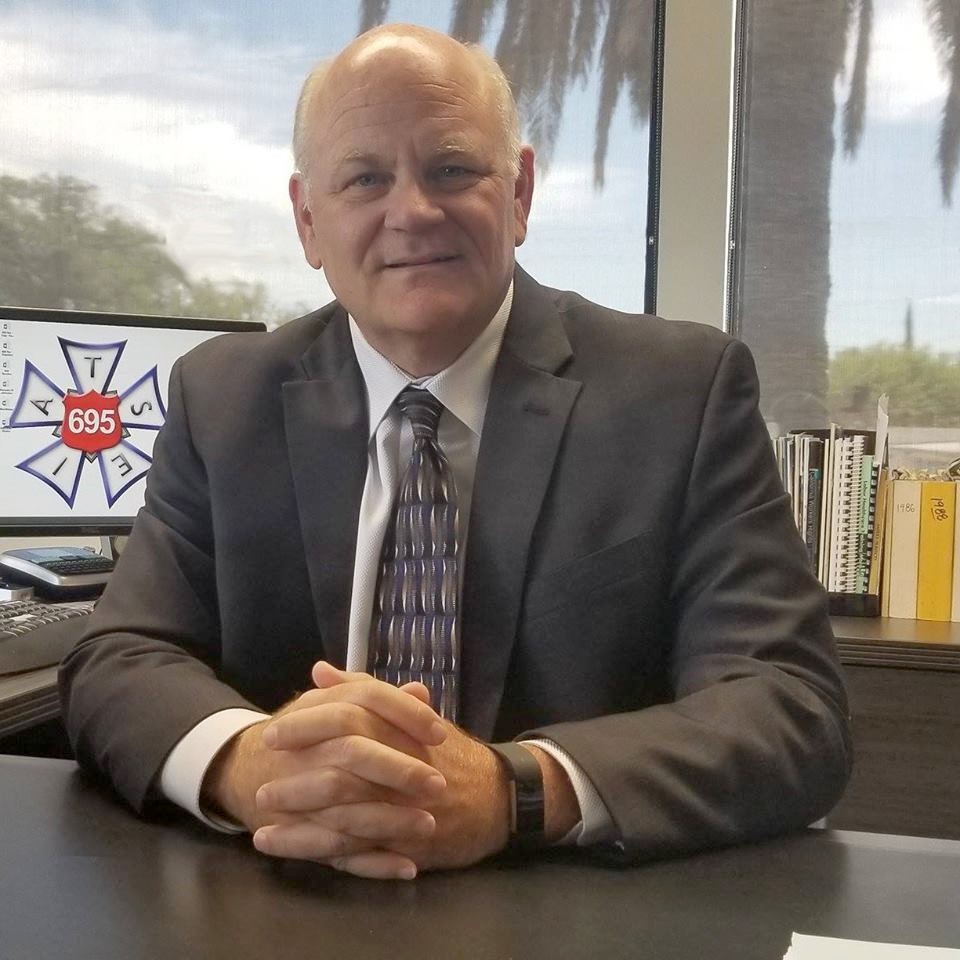
Safety and Networking
I hope this message finds you and your families healthy and safe. The return to work we’ve been waiting for looks like it will be a gradual one, but we do expect to be seeing more productions starting back up over the coming months. As of this writing, Local 695’s Craft-Specific Safety Guidelines are available for members to download from our website. For the broader set of industry-wide safety protocols, the IATSE, along with all of the other unions and guilds, have developed a set of comprehensive safety guidelines called “The Safe Way Forward” and presented it to the AMPTP for review. Developed in consultation with doctors and safety experts, we believe this represents the most expeditious way for our industry to get back to work while making it as safe as possible for cast and crew. It is our hope that by the time you read this, the producers will have adopted it as the standard that all productions follow.
Physical distancing is proving to be an essential measure taken in every production environment, and that explains the accelerated use of networking technology for both audio and video. Immediately after the March production shutdown took hold, Local 695 and Sound Mixer James Hunt began development of a training program called “Networking Crash Course: Essentials of Audio & Video IP.” Building on the extensive history of Local 695 members setting up audio and video networks for live broadcasting and sports production, this training was designed to teach more of our Video Engineers, Video Assist Technicians, and Sound Mixers the fundamentals of network management. These workflows can send network-enabled audio and video to remote locations, which can be used by directors, writers, producers, and other crew, allowing them to view video monitors at safe distances from the set. In fact, the demand for this course was so high that we ran nine separate training sessions within just two months. Meeting the needs of a COVID-safe work environment, our members are embracing networking technology and developing innovative solutions to meet the needs of production with amply distanced Video Assist monitoring, as well as remote recording and playback whenever requested.
Video Assist has a long history of providing support for production. Back in 1960, Jerry Lewis positioned twenty-four video monitors around the set of The Bellboy, allowing him to keep an eye on what the camera was seeing while he was performing. Jerry coined the phrase “Video Assist” and we still use it to this day. A few years later, he added a two-inch videotape machine and made Video Assist even more useful by giving him record and playback for every shot. Video Assist and the added features it now offers has grown a great deal, especially now with the need to keep crews safe with physical distancing. With the requirement for more monitors and remote viewing, Video Assist is now “assisting” nearly every department on the set.
Stand together and stay strong.
In Solidarity,
Scott Bernard
Business Representative